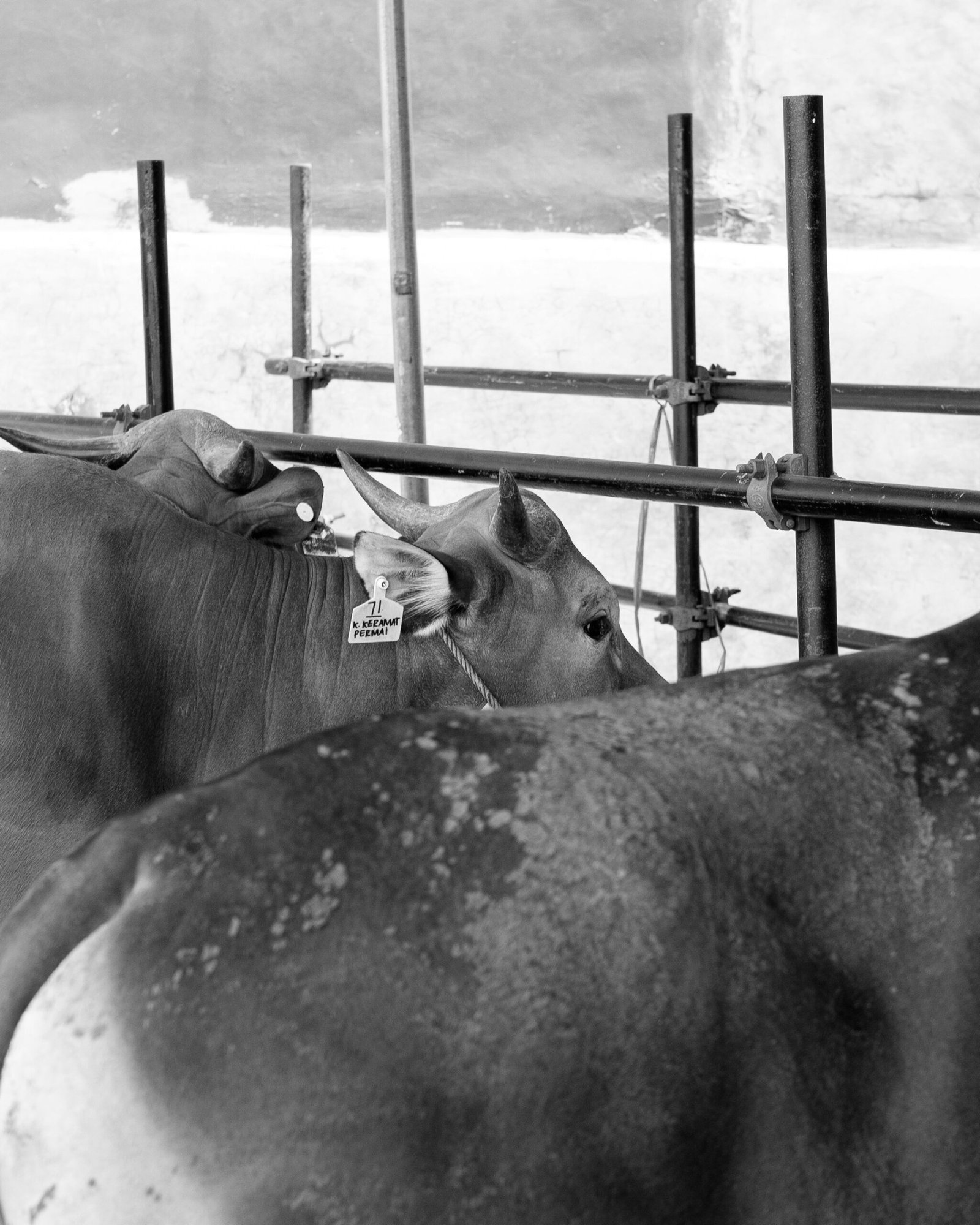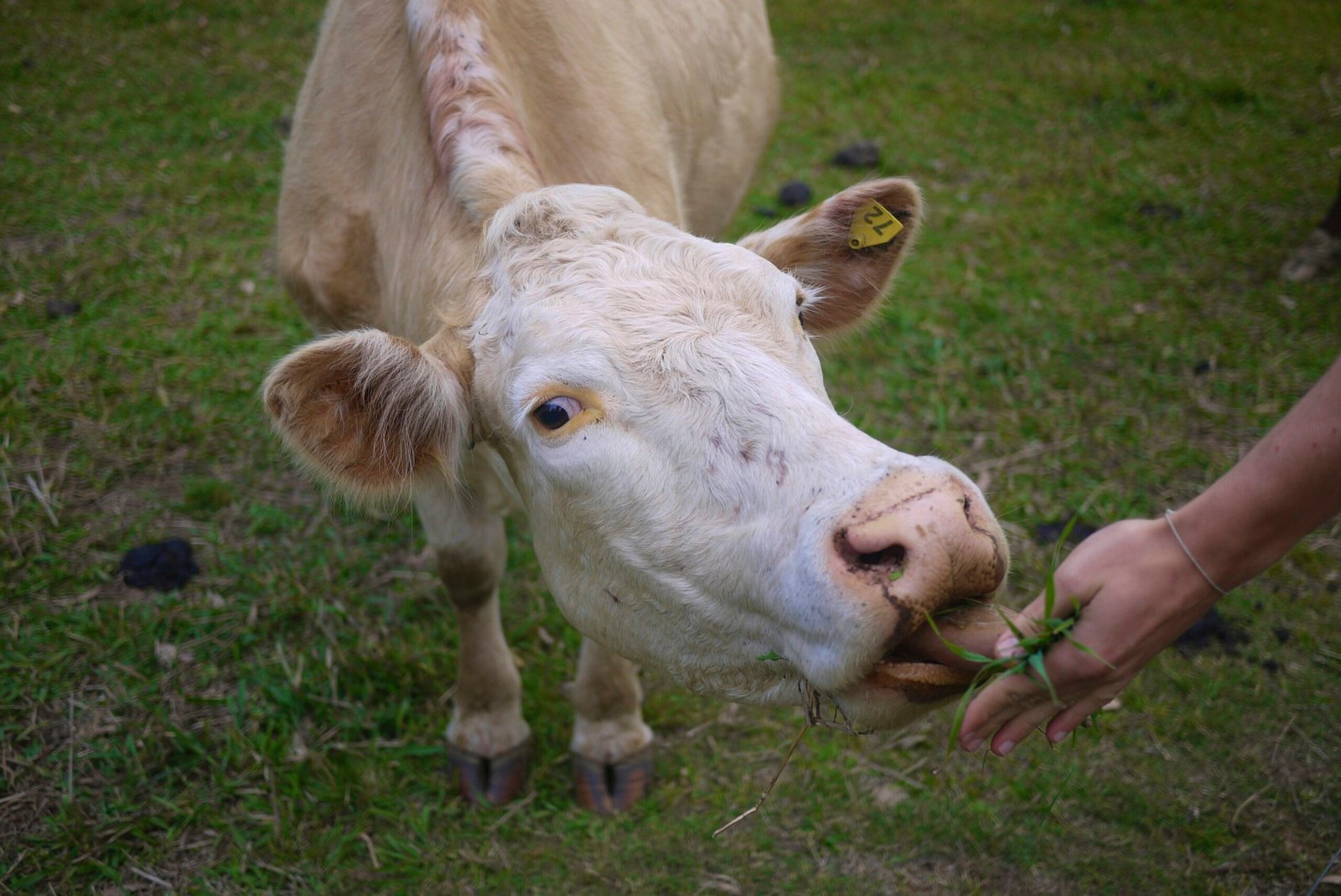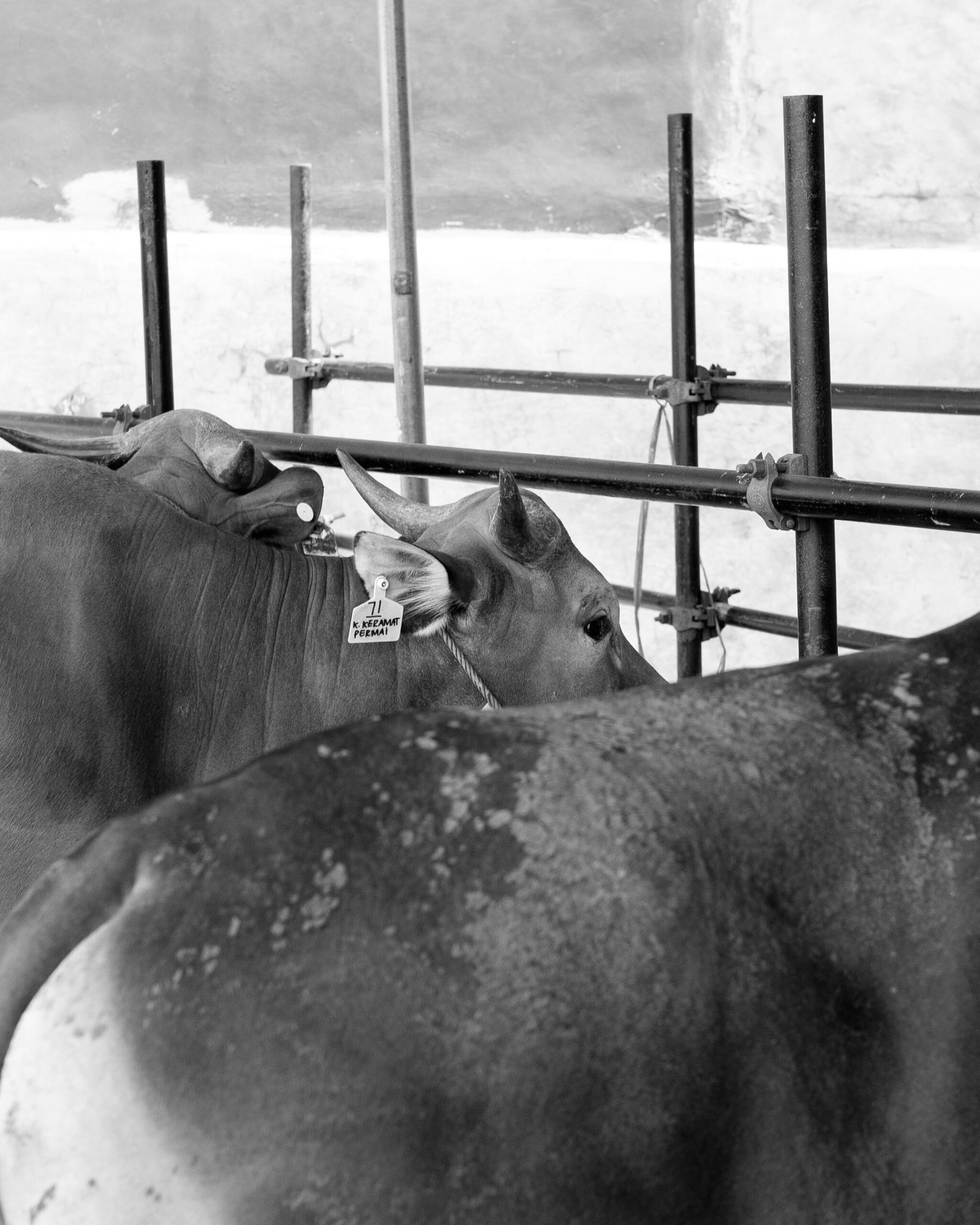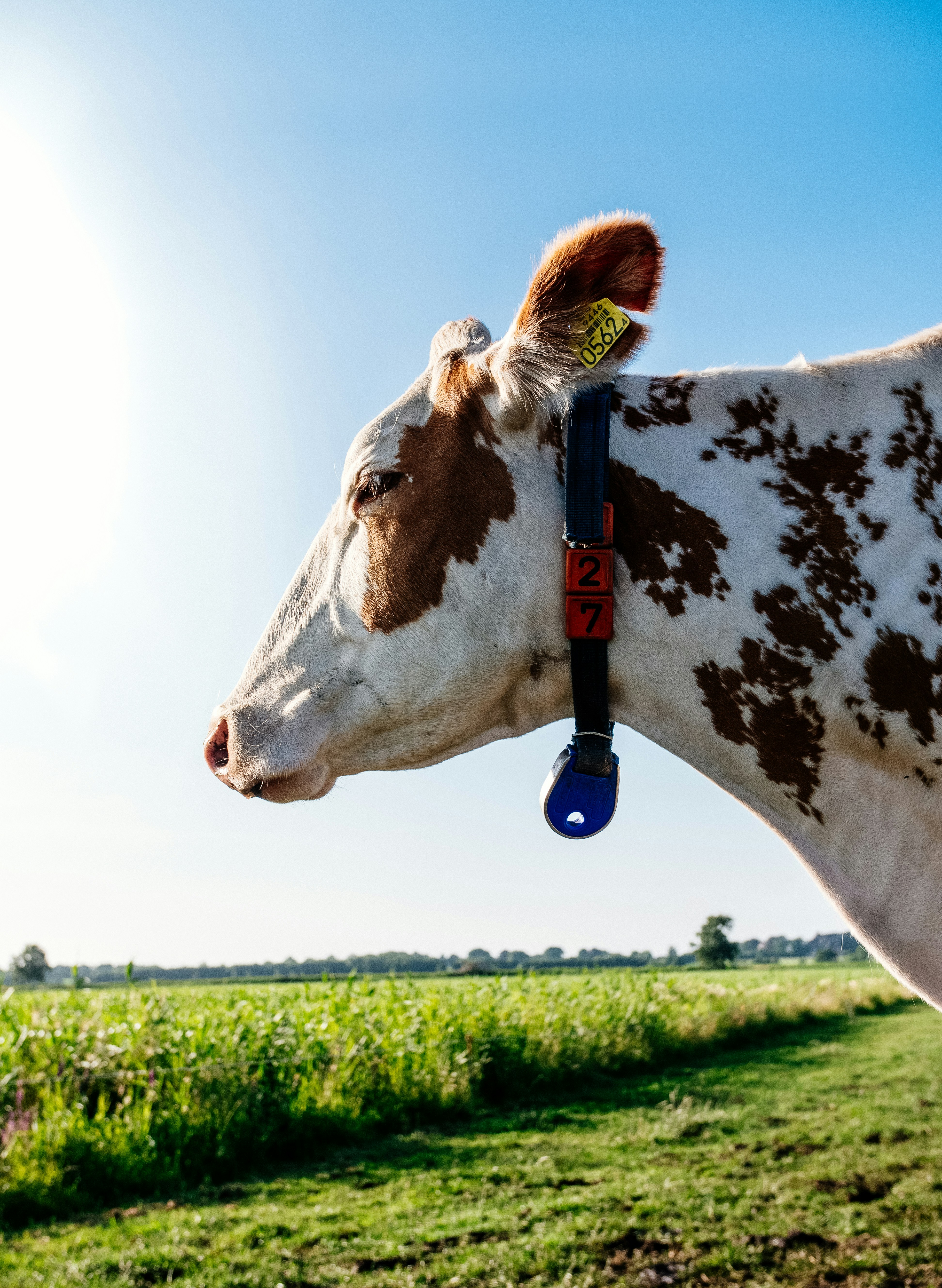Understanding Genetic Engineering in Livestock
Genetic engineering has emerged as a modern scientific approach to livestock breeding, significantly influencing the agricultural sector. This method involves the direct manipulation of an organism’s DNA to introduce desirable traits, which can enhance productivity, disease resistance, and overall animal welfare. Unlike traditional breeding practices that rely on the natural selection of traits over several generations, genetic engineering allows for more precise alterations that can yield results in much shorter time frames.
One of the primary techniques utilized in genetic engineering is CRISPR (Clustered Regularly Interspaced Short Palindromic Repeats), a revolutionary tool that enables scientists to edit the genetic material of living organisms. By utilizing CRISPR, researchers can make specific alterations in an organism’s genome, such as knocking out undesirable genes or inserting beneficial genes that confer advantageous traits. Another method is transgenics, where genes from one species are inserted into another, allowing for the expression of traits that would not naturally occur in the recipient species.
The scientific basis for genetic engineering in livestock lies in the understanding of DNA and genes, which serve as the blueprint for traits inherited from parents. In livestock breeding, geneticists analyze specific alleles or gene variations to select for traits that improve health, growth rates, feed efficiency, and reproductive performance. This targeted approach contrasts sharply with traditional methods, which depend heavily on phenotypic observation and the random assortment of genetic material through mating.
As researchers continue to advance the field of genetic engineering, the potential for creating livestock with enhanced traits grows. These techniques not only promise to increase food security through more resilient animal populations but also hold the potential to reduce the environmental impact associated with livestock production. Understanding these methods is crucial as agriculture increasingly adapts to meet global challenges in food supply and sustainability.
Benefits of Genetic Engineering in Livestock Breeding
Genetic engineering in livestock breeding presents numerous advantages that can significantly transform the agricultural landscape. One primary benefit is the increase in productivity. By genetically modifying traits that enhance growth rates, such as feed efficiency and muscle development, farmers can achieve higher yields with fewer resources. This means more meat, milk, or eggs can be produced with potentially lower environmental impacts. For instance, genetically engineered cattle can grow faster than their non-modified counterparts, allowing farmers to meet consumer demand more effectively.
Another noteworthy benefit is disease resistance. Genetic engineering enables the development of livestock that are less susceptible to specific diseases, thereby reducing the reliance on antibiotics and other medications. This not only enhances animal welfare but also contributes to public health by mitigating the risks associated with antibiotic resistance in human populations. Successful applications are evident, such as in the genetic modifications of pigs that have been engineered for resistance to Porcine Reproductive and Respiratory Syndrome (PRRS), which has resulted in healthier herds and improved economic returns for farmers.
Additionally, genetic engineering can improve the nutritional value of animal products. By enhancing the fatty acid profile of meat or increasing the levels of essential vitamins and minerals in milk, these advancements can contribute to better human health outcomes. Economic implications for farmers are substantial; livestock bred through genetic engineering can lead to lower production costs, higher market prices, and ultimately improved profitability. As the global population continues to grow, these technological advancements in livestock breeding could play a pivotal role in addressing food security challenges through increased efficiency and nutritional quality in animal agriculture.
Ethical and Environmental Considerations
The rise of genetic engineering in livestock breeding has sparked numerous ethical and environmental debates. One of the foremost concerns revolves around public perception of genetically modified organisms (GMOs). While proponents argue that genetic engineering can enhance food security and agricultural efficiency, critics often express anxiety about the long-term implications for both animal welfare and human health. The apprehension towards GMOs is frequently fueled by a lack of understanding and transparency regarding the genetic modification processes, resulting in polarized opinions among consumers and stakeholders.
Animal welfare is another critical aspect under scrutiny. Genetic engineering may lead to unintended consequences that can adversely affect the health and well-being of livestock. For instance, breeding animals for specific traits can result in physical deformities or a decreased ability to thrive under natural conditions. A balanced approach is needed to ensure that genetic modifications do not compromise the quality of life for the animals involved. As such, ethical breeding practices rooted in humane considerations must be emphasized in discussions surrounding livestock genetic engineering.
Furthermore, the ecological implications of genetically modified livestock cannot be overlooked. Concerns exist regarding the potential for genetically engineered species to disrupt local ecosystems or contribute to biodiversity loss. Crossbreeding or unintentional gene flow between modified and non-modified populations may have unforeseen consequences on wild species, leading to a cascade of ecological effects. Thus, vigilant monitoring and regulation are paramount to mitigate these environmental risks.
Regulatory frameworks play a vital role in addressing these concerns. Various countries employ different approaches to regulating genetic engineering in agriculture. The establishment of comprehensive guidelines can help balance the benefits of genetic innovations with ethical obligations and environmental stewardship. Scientists, policymakers, and consumers must work collaboratively to foster an informed dialogue that addresses these multifaceted issues in livestock genetic engineering.
The Future of Genetic Engineering in Livestock Breeding
As we look ahead, the future of genetic engineering in livestock breeding appears promising, characterized by ongoing research and unprecedented technological advancements. The integration of cutting-edge technologies such as CRISPR/Cas9 gene-editing tools is reshaping traditional breeding practices, offering innovative solutions to improve livestock health, productivity, and environmental adaptability. These advancements hold great potential for enhancing the resilience of livestock species against climate change, diseases, and fluctuating market demands.
Emerging trends indicate that genetic engineering could significantly contribute to climate resilience in the agricultural sector. For instance, researchers are exploring genetic modifications that enhance livestock traits to withstand heat stress, improve feed efficiency, and reduce greenhouse gas emissions. These developments are not merely theoretical; there are practical applications already in progress that aim to optimize livestock production while minimizing the environmental footprint. The benefits extend beyond individual farms to bolster global food security by addressing the challenges posed by climate variability.
Looking further into the future, it is anticipated that genetic engineering will evolve to include a broader array of livestock species, enhancing genetic diversity and facilitating more adaptive breeding programs. As scientific knowledge expands, the potential applications of genetic engineering could pave the way for more sustainable agricultural practices worldwide, ensuring food production meets the demands of a growing global population. The implications for global markets are profound; livestock that are healthier, more productive, and environmentally sustainable can drastically alter food supply chains and influence pricing on a global scale.
In conclusion, the future of genetic engineering in livestock breeding is on the cusp of significant transformation. Through ongoing research and innovation, the agricultural landscape is poised to benefit from more resilient livestock, which is crucial for addressing the urgent issues of food security and sustainable agriculture in the coming decades.










